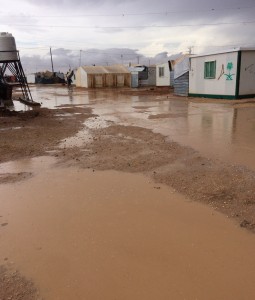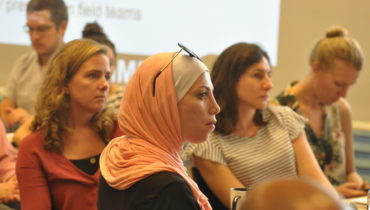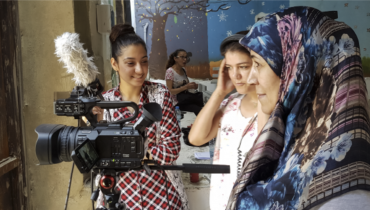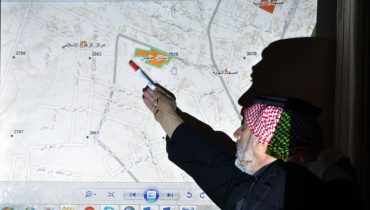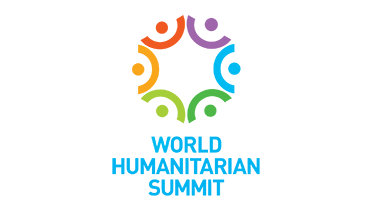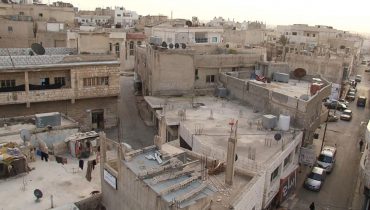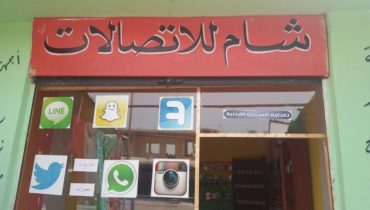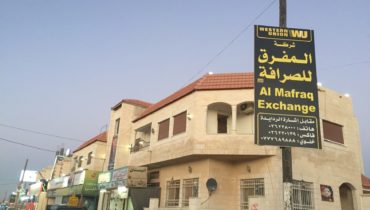REACH Rapid Assessment identifies Priority Winter Needs of Syrians living in Za’atari Camp
19 November 2015
Winters in northern Jordan’s Al Mafraq governorate, home to Za’atari refugee camp, stand in stark contrast to its hot, dry summers. Temperatures drop to lows of 3°C, and heavy rainfall and cold winds are common. Last year, refugees in Za’atari experienced torrential rains, heavy snow, high winds, and hail in two winter storms- Huda in January and Jana in February 2015. In order to prepare residents for such conditions in the coming winter, several camp actors are currently working to provide winterisation support through the distribution of items such as heaters, gas vouchers, and children’s clothing.
To ensure that these humanitarian actors are aware of the primary needs of families in Za’atari and are able to channel their resources to the most vulnerable, REACH, in partnership with UNHCR, recently conducted its second annual Rapid Winterisation Assessment in Za’atari Camp. REACH field teams collected data over four days in October 2015 through surveys targeting a representative sample of families in the camp. Findings from this assessment will guide winter assistance programmes of UNHCR, UNICEF, and other camp partners, to better meet the needs of refugees with respect to the quantity, quality, and types of items distributed.
Findings reveal that overall, families need heaters, gas cylinders, and blankets for the upcoming winter. Heaters were the most cited need, with 81% of families listing this item as a top priority, and 78% families indicating that they either possess no heater or possess a broken heater. Moreover, families with children were also asked to rate the adequacy of their winter clothing; 76% of families consider their children’s clothing inadequate, with jackets, trousers, and shoes being the most clothing items in need for children. A summary of findings in terms of priority Non Food Item (NFI) needs can be found here.
The assessment also inquired into the suitability of families’ shelters for winter. It was found that 66% families consider their shelter unsuitable for winter, primarily due to leaking roofs. When asked about their family’s ability to address such maintenance issues themselves, 44% rated their capacity for making repairs as weak.The most frequently cited reason for this is a lack of financial resources (95%). An overview of Shelter needs is available here.
In addition to this assessment, the GIS team in Za’atari has been supporting winter preparedness efforts through analysing and mapping flood risks in the camp. The team produced a Flood Risk Analysis map in October 2015, following an early season rain storm, using elevation, water flow direction, and previous winter observations to assess flood-prone areas. This map will be used by camp actors to guide movement and the delivery of services around the camp during and after storms.
The timely replenishment of winter resiliency items and efficient provision of emergency response services is a high priority for humanitarian actors in the camp. Through the assessment findings and risk analysis mapping, many camp actors are better equipped to ensure that Za’atari residents are resilient against impending snow and rain.
Image: Za’atari camp experiences flooding around caravan shelters following an early winter storm.

